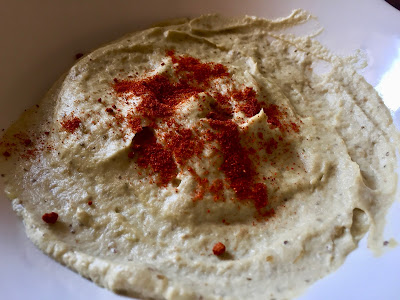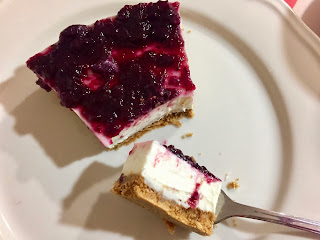Ingredientes (2 personas)
- Pasta (lacitos), 200 g
- Rúcula fresca, 30 g
- Pistachos pelados, 45 g
- Queso parmesano rallado, 35 g
- Diente de ajo
- Aceite de oliva
- Sal
- Pimienta
1. Pasta
Se cuece la pasta en abundante agua hirviendo con un poco de sal, pimienta en grano y una cucharadita de aceite. Cuando la pasta esté "al dente", la escurrimos y después la pasamos unos segundos bajo el grifo de agua fría (para que quede suelta, y no se pegue).
2. Salsa pesto
Mientras se hace la pasta, preparamos la salsa pesto. En la batidora, añadimos la rúcula, los pistachos, el diente de ajo pelado y el queso parmesano rallado, y lo trituramos todo hasta obtener una crema homogénea. Como queda bastante espesa, agregamos un chorro generoso de aceite de oliva y un vasito del agua de cocción de la pasta y volvemos a triturar todo, de manera que obtenemos una salsa de consistencia más suave.
3. Rehoga y sirve
En una sartén, calentamos un poco de aceite y rehogamos la pasta junto con la salsa, para que se mezcle todo antes de servirla. Una vez en los platos, añadimos un poco de pimienta molida y unos pistachos extra para decorar. ¡Fácil y rico rico!
3. Rehoga y sirve
En una sartén, calentamos un poco de aceite y rehogamos la pasta junto con la salsa, para que se mezcle todo antes de servirla. Una vez en los platos, añadimos un poco de pimienta molida y unos pistachos extra para decorar. ¡Fácil y rico rico!
************************
Ingredients (2 persons)
- Pasta (little bows), 200 g
- Fresh rocket leaves, 30 g
- Pistachios, 45 g
- Grated Parmesan cheese, 35 g
- Garlic clove
- Olive oil
- Pistachios, 45 g
- Grated Parmesan cheese, 35 g
- Garlic clove
- Olive oil
- Salt
- Ground pepper
1. Pasta
Boil water and put in a little salt, peppercorns and a spoonful of olive oil before adding pasta. Stir and check every now and then until it is "al dente". Strain, at the same time provide cold water from the tap to pasta for some seconds to avoid sticking.
2. Pesto sauce
While pasta is been cooked, you can make the pesto sauce. Blend together rocket leaves, pistachios, garlic clove and Parmesan cheese, until obtaining an homogenous cream. To lighten this cream, we pour a good amount of olive oil and a glass of the cooking water (where the pasta has been boiled) and we blend the mixture again, in order to get a more creamy sauce.
3. Fry lightly & serve
Fry lightly in a frying pan pasta and pesto sauce, with a little of olive oil, mixing all the ingredients. Once served, season with ground pepper and decorate with extra pistachios. Easy and tasty tasty!













































